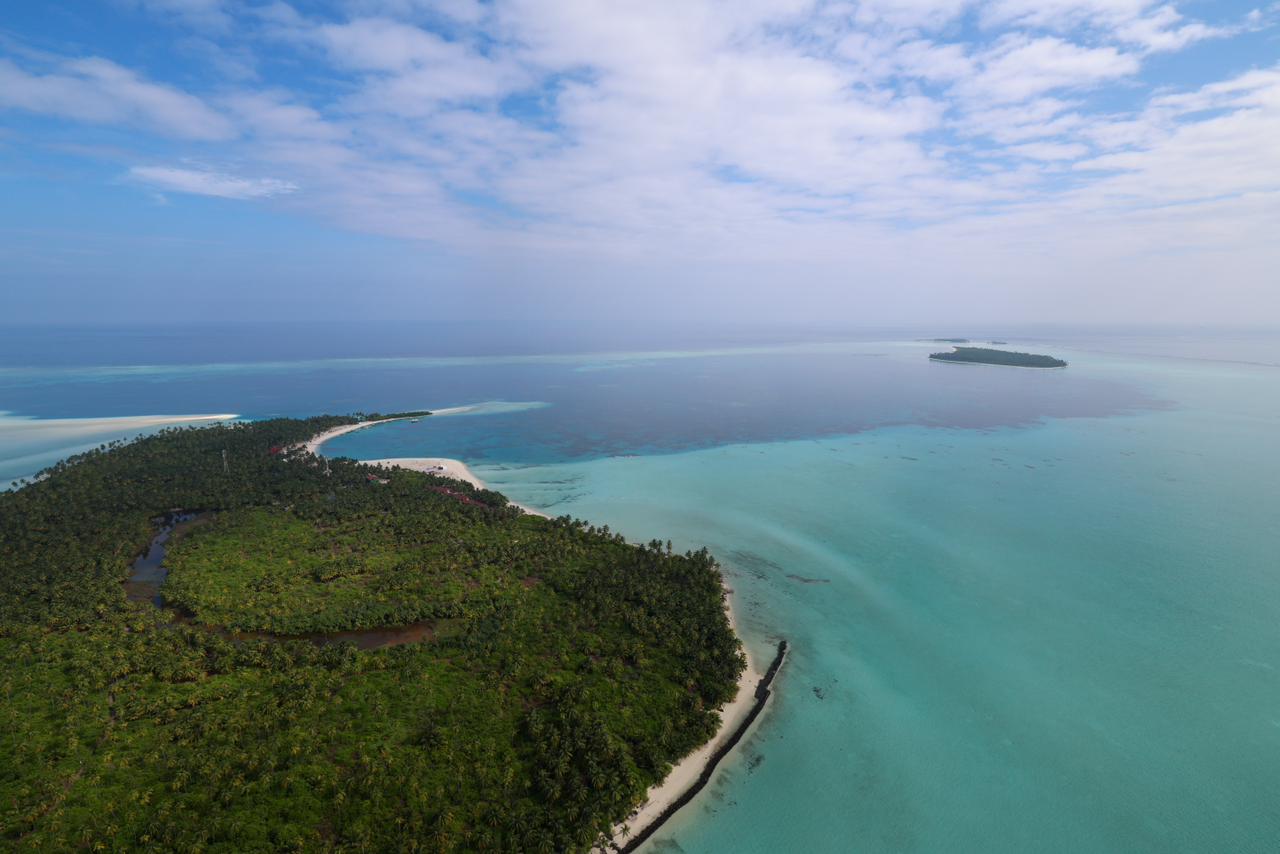Lakshadweep: A Gem of Cultural Diversity and Pristine Beauty Amid Diplomatic Turmoil
The recent diplomatic tensions between India and the Maldives have brought Lakshadweep into the spotlight, following Prime Minister Narendra Modi's visit to the picturesque islands. Amid the controversy, the Israeli embassy in India has expressed interest in promoting tourism in Lakshadweep and initiating a desalination program. This article explores the unique cultural and historical aspects of Lakshadweep, highlighting its potential as a tourist destination.
Lakshadweep's Enchanting Allure: The Israeli embassy's promotion of Lakshadweep's "pristine and majestic" beaches and underwater marvels sheds light on the island's natural beauty. The embassy shared stunning pictures showcasing the pristine beaches and vibrant marine life, inviting travelers to witness the enchanting allure of Lakshadweep.
Cultural Tapestry: Situated about 400 km off the coast of Kerala in the Arabian Sea, Lakshadweep is often referred to as a "hidden gem" for Indian tourists. The islands boast a unique cultural tapestry, with a majority of inhabitants practicing a distinct form of Islam influenced by Arab, Malayali, Tamil, and Kannadiga traditions.
Pre-Islamic Hindu Society: Historical evidence suggests that Lakshadweep was initially inhabited by Malabari sailors, possibly castaways. A wave of immigration during the seventh century CE brought Malabari Hindus to the islands, contributing to the formation of a pre-Islamic Hindu society. The caste structure and matrilineal system of inheritance in Lakshadweep date back to this period.
Conversion to Islam: Over time, the islanders gradually converted to Islam through regular interactions with Arab merchants and sailors traveling between Arabia and the Malabar coast. Unlike other regions, Islamic influence in Lakshadweep primarily came from Arabs rather than the Mappila community of Malabar.
Geographic Isolation: Throughout history, Lakshadweep remained relatively insulated, both during the rule of the Arakkal kingdom in the 16th century and British colonial rule. The islands' geographic isolation allowed them to evolve culturally and socially in a unique manner, different from mainland India.
Matrilineal Society: One of the distinctive features of Lakshadweep's Islamic society is its tradition of matriliny, where descent and property are traced through the mother's line. This unique practice is believed to have originated from the islanders' connections to Kerala, where matriliny was prevalent among Nairs and other castes.
Cultural Diversity and Continued Matriliny: Despite its Islamic influence, Lakshadweep's matrilineal tradition sets it apart. The islanders believe that their practice of matriliny is not in defiance of Islam but rather aligns with the Prophet's own matrilocal system with his first wife, Khadija. The relative isolation of Lakshadweep has allowed its cultural diversity, including the continued existence of matriliny, to persist.
Lakshadweep emerges not only as a scenic destination but also as a testament to cultural diversity and historical resilience. The recent endorsement by the Israeli embassy and the diplomatic tensions further highlight the significance of Lakshadweep in the international arena. As the islands continue to captivate with their natural beauty and unique cultural heritage, they stand poised to become a must-visit destination for travelers seeking an immersive experience.
Recently, I had the opportunity to be among the people of Lakshadweep. I am still in awe of the stunning beauty of its islands and the incredible warmth of its people. I had the opportunity to interact with people in Agatti, Bangaram and Kavaratti. I thank the people of the… pic.twitter.com/tYW5Cvgi8N
— Narendra Modi (@narendramodi) January 4, 2024
